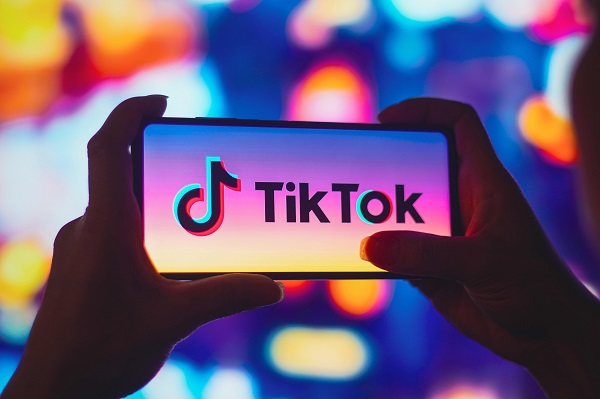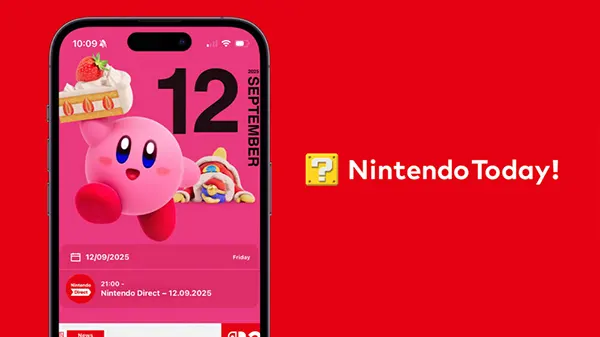
Exploring TikTok: A Deep Dive into the Social Media Sensation
Embark on a journey through the vibrant and dynamic world of TikTok, the social media phenomenon that has taken the digital landscape by storm. This article explores TikTok’s origins, its unique features, reasons for its meteoric rise in popularity, monetization strategies for users, and more.
The Genesis of TikTok: Creation and Founders
TikTok, initially known as Douyin in China, was created by the tech company ByteDance, founded by entrepreneur Zhang Yiming in 2012. The international version, TikTok, was launched in 2016 and gained prominence worldwide after merging with the popular app Musical.ly in 2018. This strategic move combined Musical.ly’s strong user base with TikTok’s innovative features, propelling it to global success. The app’s focus on short-form video content, coupled with powerful editing tools and algorithms, has redefined the way people create and consume content on social media.
The vision behind TikTok was to create a platform that transcends the traditional boundaries of social media, offering a space for creativity, expression, and cultural exchange, which it has achieved spectacularly in the years following its launch.
What Makes TikTok Unique?
Innovative Content Creation Tools
TikTok stands out with its array of advanced content creation tools, allowing users to create high-quality, engaging videos with ease. Features like filters, effects, and music integration give users limitless possibilities to express their creativity.
Algorithm-Driven Discovery
At the heart of TikTok’s success is its algorithm, which curates a personalized feed for users based on their preferences and interactions. This ensures a highly engaging and addictive user experience, constantly exposing them to new and relevant content.
Global Community and Trends
TikTok has fostered a global community where trends and challenges go viral, transcending geographical and cultural barriers. This global reach has turned it into a cultural phenomenon, influencing music, fashion, and more.

Understanding TikTok’s Popularity
TikTok’s popularity can be attributed to its unique blend of entertainment, creativity, and social interaction. It resonates particularly with younger audiences, offering them a platform to express themselves in ways that other social media platforms don’t. The ease of creating and sharing content, along with the potential for virality, has made TikTok a staple in digital culture.
Furthermore, TikTok’s role in music promotion, where songs can gain massive popularity if featured in viral videos, has cemented its position as a cultural tastemaker.
Monetization on TikTok
Users have tapped into TikTok’s vast audience to monetize their content in various ways. From brand partnerships and sponsored content to TikTok’s Creator Fund, there are multiple avenues for creators to earn revenue. Influencers on the platform often collaborate with brands to create sponsored posts, leveraging their large followings for marketing purposes.
Additionally, TikTok’s e-commerce integration features allow for direct product promotion and sales, providing a lucrative platform for both creators and businesses.
TikTok’s Role in Shaping Digital Media
TikTok has not only revolutionized the social media landscape but also significantly influenced the broader digital media sphere. Its impact on trends, music, and content creation sets it apart as a leading platform in the digital era. As TikTok continues to evolve, it remains a critical space for understanding modern digital culture and the future of social media interaction.




